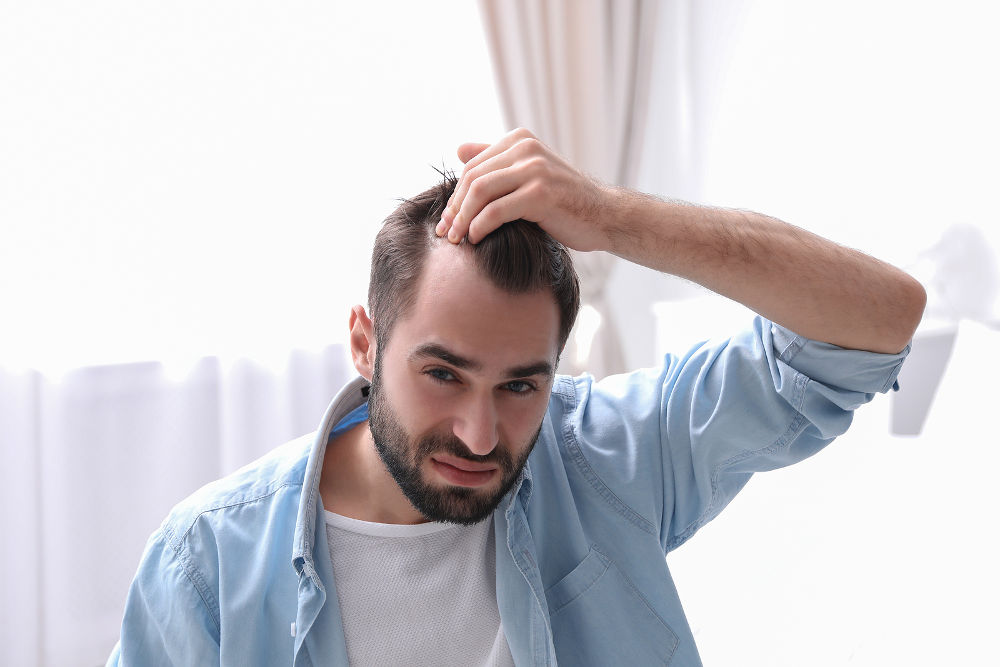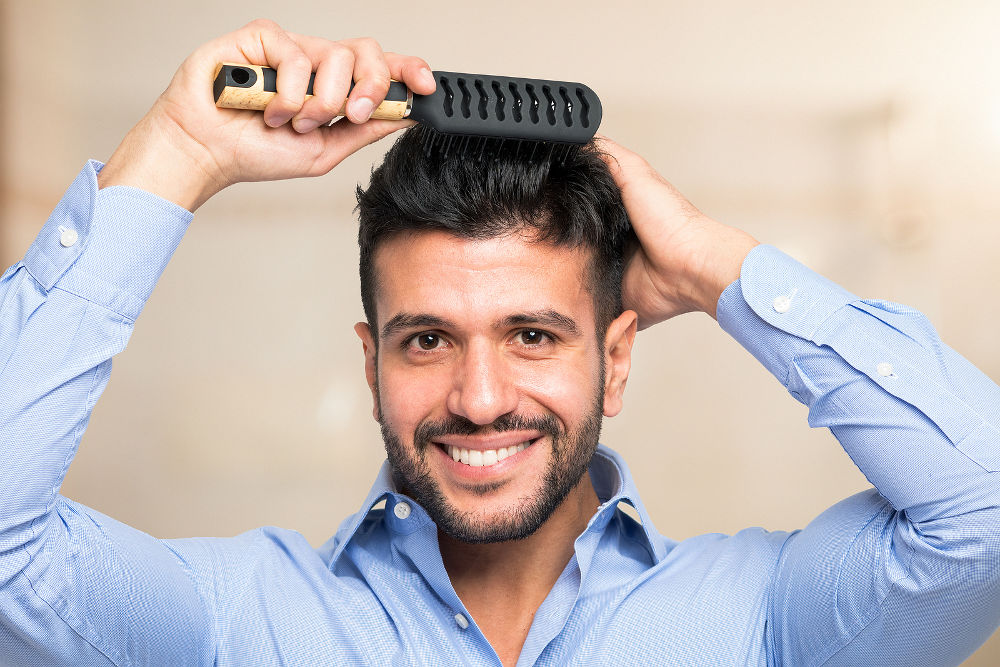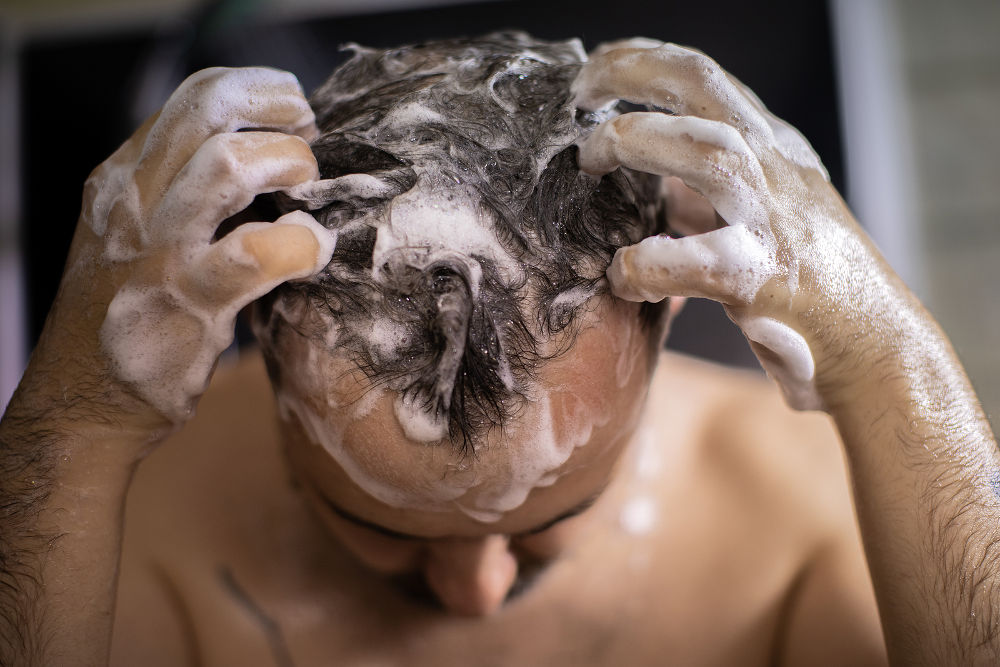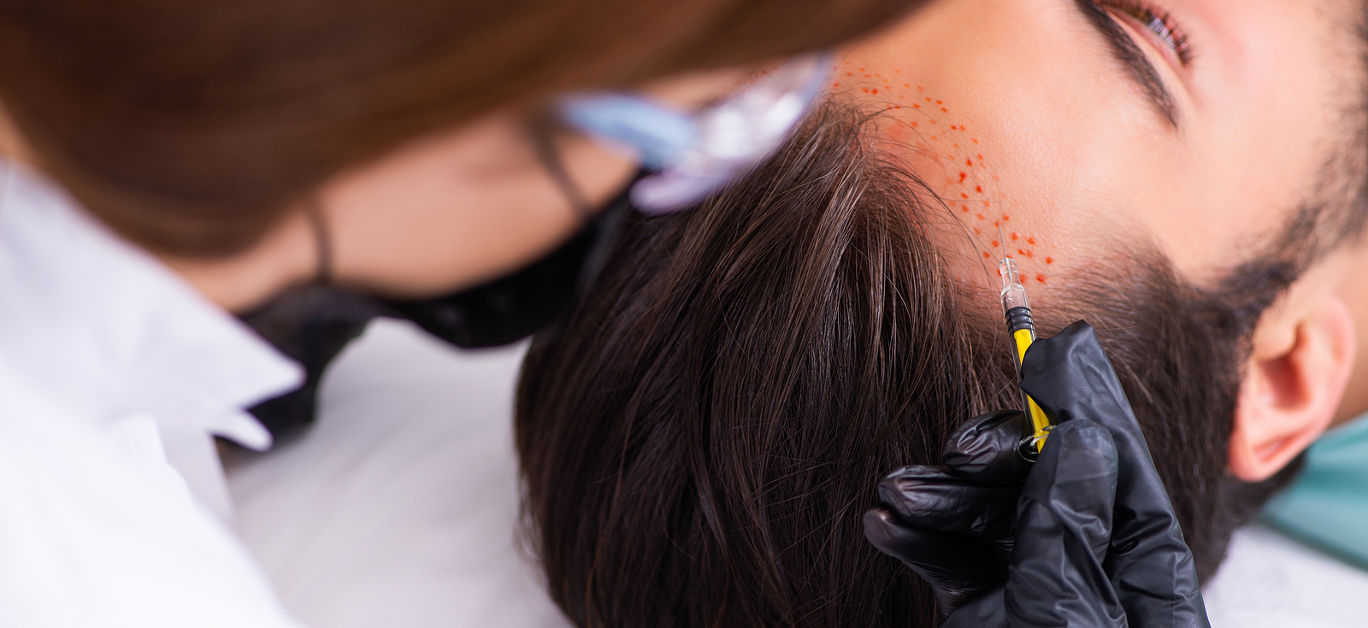Hair loss is a common problem amongst men of all ages, and can be a major source of frustration when it happens earlier than it should. Not only that, but it can also knock your confidence and lead to self-esteem issues when you feel like you can’t go out looking and feeling good like you used to.
The good news is that these days, thanks to cutting edge-technology and ongoing innovations in the field, it’s no longer an issue you have to live with, and a growing number of men experiencing early onset, male-pattern baldness are turning to hair implants and transplants as a means of restoring their manes to their former glory.
Techniques in the hair implant sphere have advanced dramatically in recent years, offering an effective way to restore lost locks naturally, and for the most part, the procedure is quick and easy. It’s with knowing, however, that the journey towards being able to enjoy a full head of hair again doesn’t end immediately after surgery, nor does it begin on the day of your procedure itself.
Here, we take a look at all you need to know about pre- and post-hair implant care and what to do to ensure your results are nothing short of show-stopping.
Pre-implant care

First and foremost, researching and choosing a reputable clinic is key, so take the time to look around, read online reviews and look into credentials to ensure you’ll be getting the best and safest possible care when it’s time to take the plunge.
In terms of pre-implant care, you’ll also need to follow a few simple guidelines in the lead-up to your procedure once it’s all arranged and booked.
It’s essential not to shave your remaining existing hair before the intervention, as your surgeon will need to work with it to create a natural-looking result. If you shave your hair ahead of your surgery then it may make it more difficult for your surgeon to accurately place the grafts, so leave it to grow naturally for at least a couple of weeks beforehand.
If you’re on blood-thinning medications, like aspirin or certain anti-inflammatory drugs, then you’ll need to stop these ahead of your procedure, as they can thin the blood and increase the risk of excessive bleeding during the surgery. Consult with your healthcare provider to ensure that stopping is done safely and allows enough time for them to get out of your system before your hair implant surgery.
Both alcohol and excessive smoking should be avoided prior to the procedure, as they can impair the body’s ability to heal and thus increase the risk of complications during and afterwards. Ideally, stopping for at least a week is advised – but longer, if you can.
Maintaining a healthy scalp is key to the success of the procedure, so be sure to keep it clean and moisturised in the lead-up. Avoid any products containing harsh chemicals, as these can cause irritation and dryness, and give heat styling a miss to ensure you won’t be causing any further damage to your hair and scalp.
Post-implant care

Once your hair implant procedure is complete, you’ll need to follow a careful aftercare regime to ensure the best possible results.
Avoid touching the treated area on the day of the surgery. Although it can be tempting to get a feel for your new head of hair and marvel at its return, touching could potentially introduce bacteria to the site and increase the risk of infection – so hands off, at least for now.
UV rays can be harmful to newly transplanted grafts, so stay out of direct sunlight or wear a hat for several days afterwards. At this time of year, it shouldn’t be difficult to give the sunshine a miss, but if you’re jetting off to sunnier climes for the procedure, then bear this in mind.
Bad news for gym enthusiasts – you’ll also have to put the weights down for at least two weeks post surgery, as physical activity can raise your blood pressure and increase the risk of bleeding. This could, in the worst case scenario, cause the grafts to shift, so take a fortnight to rest and your newly restored head of hair will thank you for it.
Your surgeon will explain how you should approach washing and drying your hair in the days and months post implant procedure, so be sure to follow these to the letter. Keeping the scalp clean and free from infection is vital during the healing process to ensure the best possible results.
Wearing helmets or any tight-fitting headgear is also a no-no for at least a month after the surgery to avoid compressing the grafts and hampering their growth.
Post-operative medication and additional costs

When you’re considering hair transplant cost, it’s important to bear in mind any additional post-operative medication and additional fees that may apply. In some cases, post-operative medications like antibiotics are required to promote healing and prevent infection, and specialised haircare products might also be recommended to help your new hair along on its growth journey. Be sure to discuss these potential extras with your surgeon before the procedure so you have a realistic quote for the total cost.
The bottom line
Pre- and post-hair implant care plays a crucial role in achieving optimal results from your procedure, and getting you back to those pre-hair loss confidence levels in no time.
Following the guidelines provided by your surgeon will be essential to achieving those natural looking locks you’ve been hoping for, and a little extra care will go a long way when it comes to the final result.=






















